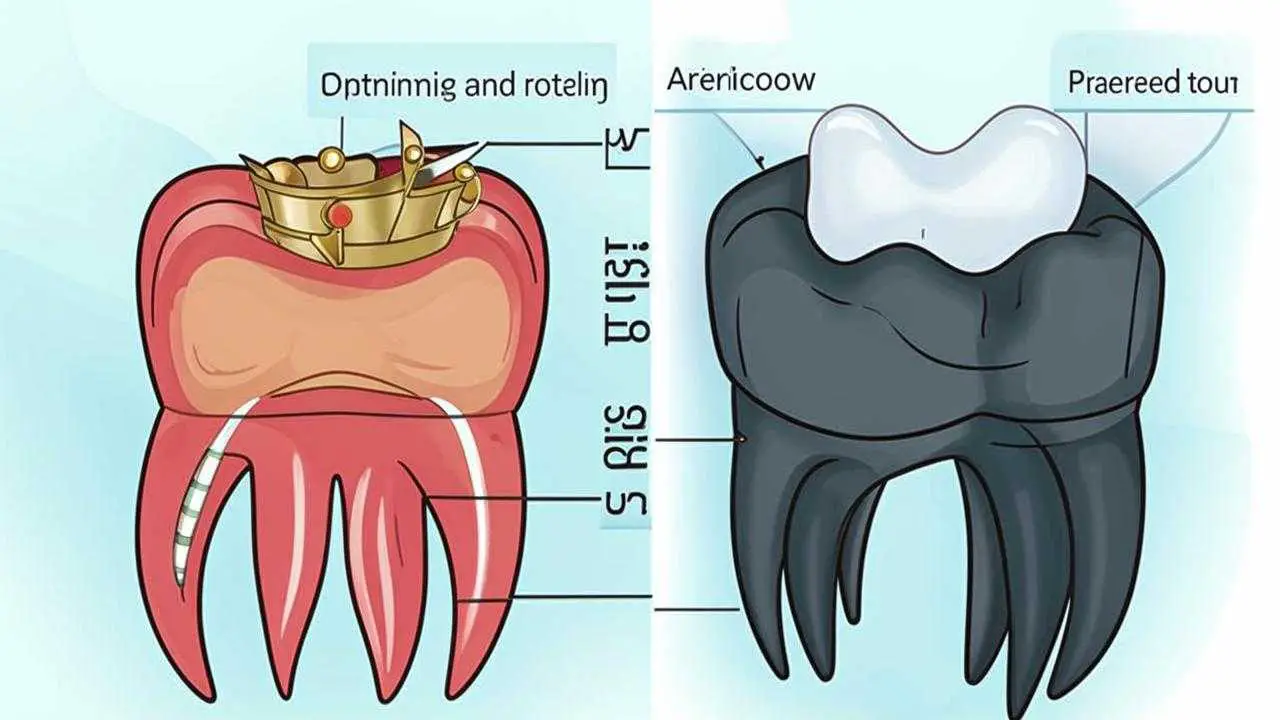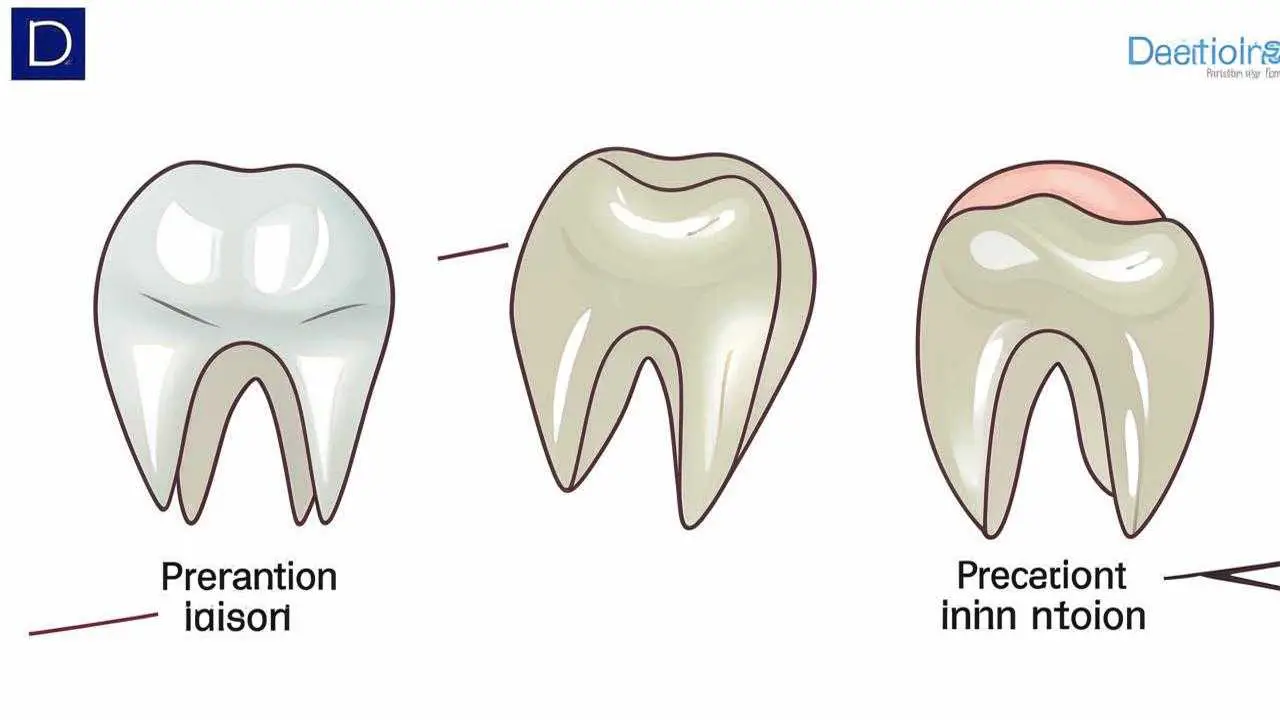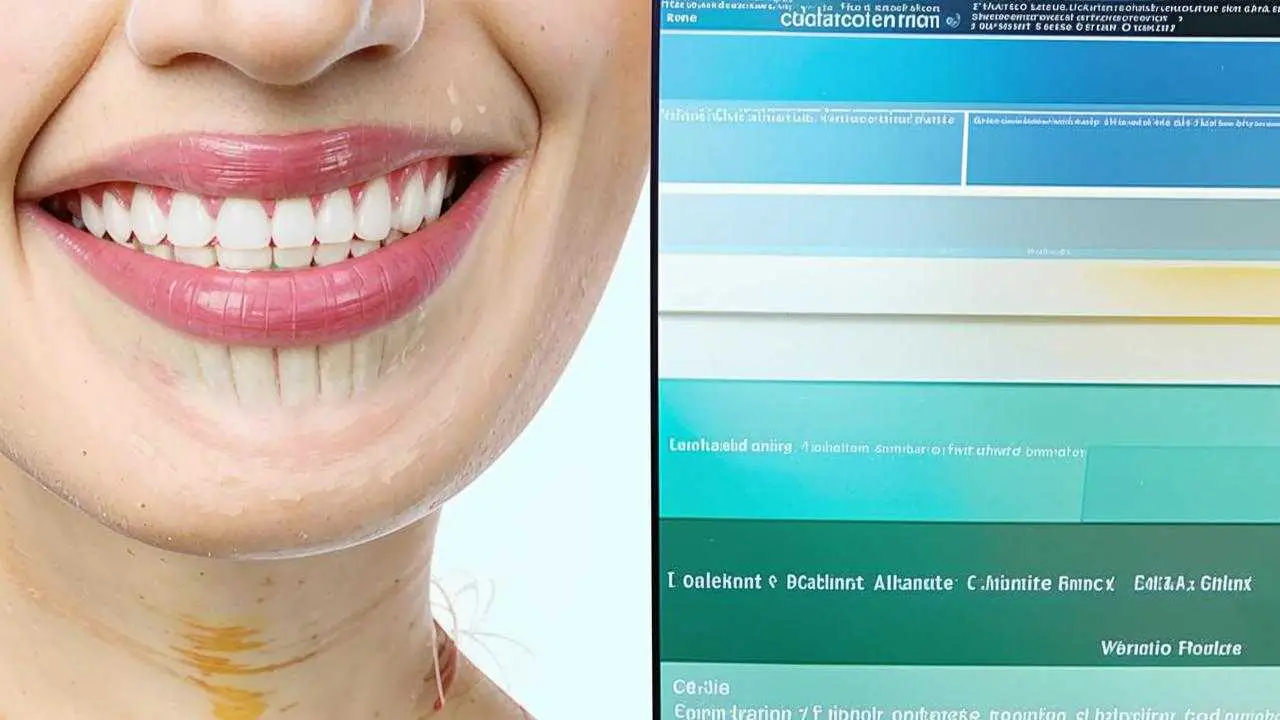Many patients are faced with the need to restore their teeth with prosthetics. And, of course, they are interested in how a crown is placed on a tooth, what material it is made of, which one is better, what are the stages of crown fabrication and whether it hurts. Above all, understanding the process adds to the patient’s confidence before the unknown. Although, one thing he and the doctor know for sure – after the crown is placed on the tooth, aesthetics and functionality returns. And hence self-confidence.
Dentistry characterizes such a term as “crown” as follows – it is a prosthesis, put on a tooth or implant, can be part of a bridge or other prosthesis. In this case, crowns are attached to the base, the arch of the structure, imitating the missing elements.
They are made of various materials that have proven themselves in dental practice.
In what cases is it necessary to use this type of prosthetics?
Indications for crowns
- Severely destroyed tooth, more than 50%, when a filling will not be able to restore it. The cause is most often neglected caries;
- A large chip due to trauma. In this case, the root is intact. It is enough to put a crown on top to restore the integrity;
- fluorosis. A disease manifested by stains on the teeth that cannot be whitened. Appear from an overabundance of fluoride in the body;
- Aesthetic restoration, in case of defects: distortion, altered shape, dissatisfaction with the color of enamel.
Preparation for prosthetics with crowns
Before any prosthetics at the initial appointment is necessarily an examination of the oral cavity. The condition of the teeth, roots, periodontium is assessed. And before the crown is placed, the patient and the doctor go through several stages:
- Preparation of the tooth. Cleansing of the cavity from carious tissue. If necessary – depulpation, filling of channels.
- Obtochka (preparation) for the crown. This is necessary for a tight fit between the edges of the tooth and the prosthesis. Enamel is removed to the thickness of the crown. When choosing a cast, less tissue is removed; metal-ceramic, ceramic – more. On average, about 2.5 mm. The result is a stump, similar to a stump, on which the crown is attached.
- Sometimes it is necessary to strengthen the root of the tooth. In this case, first a stump inlay is placed. Its pins are installed in the root canal, and the upper part of the stump to fix the crown.
- When installing a crown on implants, the implant is implanted in the prepared well, and on the upper part – prosthesis-coronka.
- Taking an impression, impression with the help of plastic mass for modelingthe dental row of plaster, necessary for further work of the technician.
- Fabrication of the crown in a dental laboratory.
Important! Treatment of the tooth, on which the crown will be installed, must be at a high level: all diseased tissues are removed, nerve canals are cleaned to the end and filled correctly. This is important. Because if there is pain under the crown due to missed decay or other, it will be necessary to remove the entire structure and start treatment, installation again.
How a crown is made on a tooth
After the plaster model of the tooth row is ready, the technician in the dental laboratory, depending on the selected material of the future prosthesis, decides how the crown is made: from a solid piece of zirconium, by milling, casting, etc.
Crowns are made of the following materials:
- Metal. Cobalt-chromium or noble – alloys of gold, silver, palladium, titanium. Withstand a heavy load, durable, but such crowns are attached to distant teeth to hide them from the smile area;
- ceramics (porcelain) is more often chosen for the front teeth, due to its high aesthetics and similarity to the natural color and tone;
- metal-ceramics solves the problems of chewing teeth quite well, coping with the load;
- zirconium is the optimal option for reliability and aesthetics. It is increasingly recommended in clinics as a modern approach to prosthetics;
- plastic crowns are temporarily installed while permanent crowns are being fabricated.
A – metal, B – metal-ceramic, C – zirconia, D – metal-plastic.
One-piece crowns are molded from metal. Therefore, they are very strong and have a long service life.
Metal-ceramic crowns are based on metal with a layer-by-layer spraying of ceramic on top.
For zirconium ones, an automated CAD/CAM manufacturing process is used, with minimal human error. Computer 3D modeling of the model of the future prosthesis is loaded into the program, which in a special block controlling the milling machine makes the necessary prosthesis from zirconium dioxide. The most accurate crowns are made of this material.
Ceramic crowns are made of E-max pressed ceramic or by CAD/CAM milling of a single piece of ceramic. The standard fabrication – baking in a kiln – is also possible.
How the fitting process takes place
After fitting, if the doctor and the patient are satisfied, the crown is placed on temporary cement. This will allow for a certain period of time to test the design, to identify defects, discomfort. At the end of this trial period (up to 4 weeks), the temporary cement layer is removed and the prosthesis is fixed on the permanent composition.
Color selection
Based on the color of neighboring teeth, antagonists and on the characteristics: shade, brightness, intensity, the necessary tone for the future crown is selected. It will be uneven, like a natural tooth. The neck has one shade, the incisal edge has a slightly different shade. Mixing different numbers of colors of ceramic powder, the technician achieves the desired result.
In dental practice, the Vita scale is used, where red, brown, yellow, gray head the groups, and already the tone of each of them is indicated by numbers. 1 – the lightest tone and further darker in ascending order.
No less important is the lighting in the office when determining the color of future artificial teeth. All these points are always taken into account by experienced specialists.
Is it possible to install a crown without depulping?
This question is the second most popular among those asked to the dentist. The first one is whether it hurts when a crown is placed on a tooth? Let’s start with the fact that the crown is installed painlessly. All stages of the procedure of installing a crown are carried out under local anesthesia or can be treated in your sleep.
And whether it is possible to keep the tooth “alive” under the crown, the doctor decides after examination and X-ray diagnosis. If the root is healthy and it is not one, it is not necessary to carry out depulping. It is possible to put a crown on it after grinding. Every dentist knows that a tooth with the nerve removed becomes brittle and more vulnerable to aggressive factors from the outside. In any situation, the possibility of saving the tooth is always considered.
Knowing about all the steps involved in placing a crown, fabrication, it is much more relaxing for the patient to take the first step towards restoring teeth with prosthetics.





